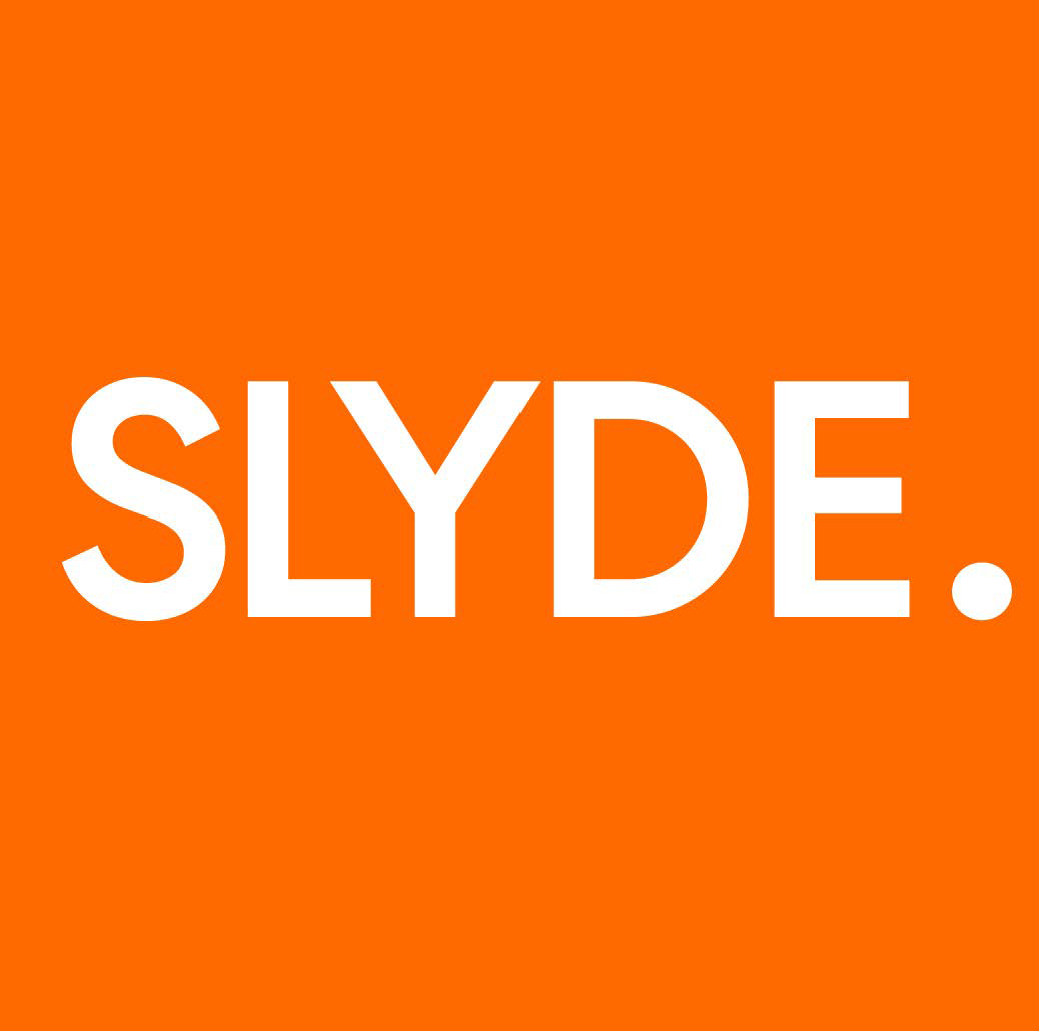Emerging Trends in Workplace Design
I've been reluctant to post about shifts in office space planning because, well, they're always shifting! However some consistent trends are beginning to emerge. I wanted to share them, and I'm curious to hear if others see the same patterns.
1. The Challenge of Finding and Retaining Talent
At any industry networking event, if you ask a business leader, "How's business?" nine times out of ten, you'll hear that business is OK, but it's tough to find solid employees. This sentiment is echoed from Fortune 500 executives down to small business owners. It's the number one driver behind all office decisions, surpassing other considerations. There's still a significant disconnect between management wanting their employees in the office and employees desiring flexibility. When considering client pain points, this is a big one.
2. Increased Risk Aversion
Companies have always been risk-averse, but it seems that getting anyone to stick their neck out even a little is becoming increasingly rare. And who can blame them? As a facilities executive, why pitch senior management on a bold workplace initiative when maintaining the status quo and cutting costs will earn you a bonus? Not long ago, CEOs encouraged the design of extravagant office spaces to attract talent and outshine the competition, rewarding bold office design. Now, the opposite is true. Management wants people in the office more frequently, in half the space, and at half the cost. How long before executives realize this is not sustainable?
3. The Office Has Become Incredibly Boring
Remember when you walked into the office and each department had its own "vibe"? The accounting team was meticulously neat and organized, while the sales team's area looked more like a frat house. The engineering area resembled a Star Wars convention, and the senior management floor felt like a smoking club. The office had personality, looked lived in, and felt like home. Now, it's as sterile as a doctor's office. Non-assigned desking offices need to allow for personal flair to make the office a desirable destination. But how do you do this when you have to clear your desk at the end of every day?
4. Demand for Private Meeting Areas
Visit most offices on a Monday in the summer, and you're likely to notice two things: a lack of people and those who are present occupying one of the few private offices or privacy booths. Employees want privacy and their territory where they can work. Yes, some bold souls can do everything off a 15" screen, but most need a dedicated work area with multiple screens and some semblance of privacy. One of the biggest challenges in designing new office spaces is balancing collaborative and community-promoting spaces while allowing for privacy.
5. Utilization of Technology in Space Management
There is a movement towards using technology like sensors and Bluetooth tracking to make informed decisions on space utilization. Although this sounds fantastic, I've yet to see many examples of this working as planned. I've seen companies with this technology in place still using good old-fashioned spreadsheets with manual counts to track locker and desk usage. More often than not, organizations defer to simpler solutions like day lockers and first-come, first-serve desks, even when they have advanced technology in place. Simplicity is king for adoption.

